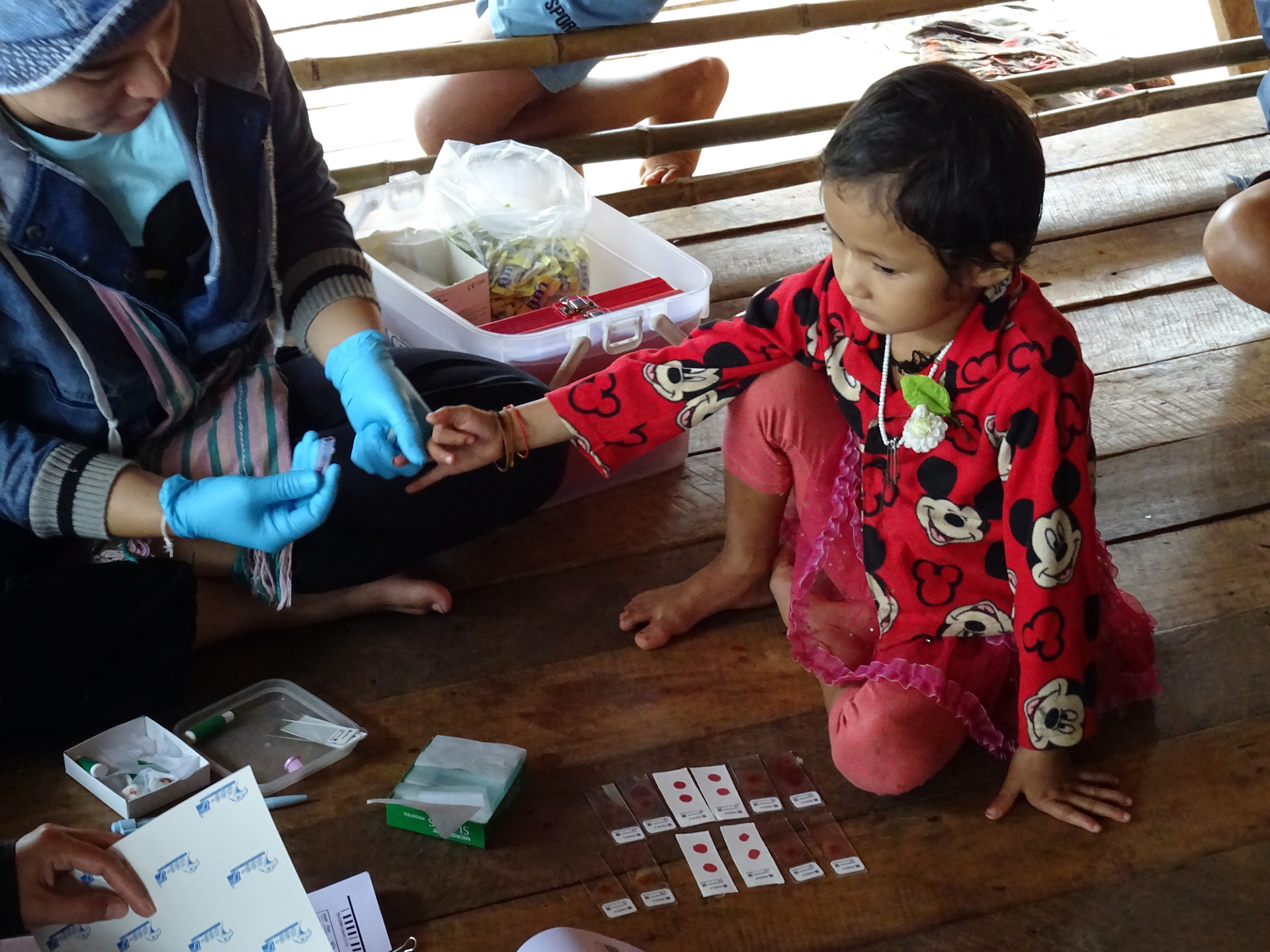
Plasmodium vivax Malaria: Global Health Issue
Infectious diseases other than Covid-19 caused by viruses, bacteria, fungi and parasites kill over 17 million people a year, and this burden is aggravated by asymptomatic transmission. Parasitic diseases are a major public health threat for billions of people worldwide. About 400 parasite species are estimated to infect humans, of which around 90 are responsible for significant morbidity and mortality. Unfortunately, they are mainly endemic to poor regions and are largely neglected. Plasmodium vivax, with the majority of cases being in Asia and the Americas, and accounting for 7 million annual clinical cases, with over 2.5 billion people living under risk of infection and an estimated global economic burden of 1-4€ billion. Of relevance, in low-endemic countries that have been targeting vivax malaria for elimination, an increasing number of asymptomatic infections capable of transmitting to mosquitoes are being reported. In fact, during chronic infections, it has been estimated that nearly 70% of P. vivax infections are sub-microscopic and asymptomatic. Thus, the global burden of this species is certainly underestimated. Moreover, experts agree that P. vivax will be the last human malaria parasite species to be eliminated due to its unique biology, including 1) dormant parasites in the liver, called hypnozoites, which can cause relapsing parasitemias that may support transmission, 2) a predominant if not exclusive tropism for reticulocytes which has hampered the development of a continuous in vitro culture system, and 3) appearance of gametocytes before the onset of clinical symptoms. The severity of vivax malaria is now well recognized despite low peripheral blood parasitemia. However, the underlying pathogenic mechanisms of vivax malaria remain largely unresolved. Thus, elimination of P. vivax needs renewed emphasis on understanding the biology and pathogenesis of this neglected infectious disease.
Extracellular Vesicles
Extracellular vesicles are key players implicated in intercellular communication without direct cellular contact. EVs are small membrane-bound vesicles that are generally classified as two major types, exosomes and microvesicles, based on their size, biogenesis and composition. Exosomes are 30-120 nm EVs of endocytic origin secreted by eukaryotic cells and are present in virtually all-biological fluids. These nanovesicles initially described from reticulocytes, the host cell of P. vivax, are currently recognized by their remarkable role in intercellular communication in normal and pathological conditions, including parasitic diseases. However, a direct link of circulating EVs from natural human malaria parasite infections and mechanistic insights into pathology had yet to be realized.
Reticulocyte-derived exosomes
While researching the physiological roles of EVs in vivo, we isolated and characterized EVs directly from plasma of P. vivax patients and demonstrated that they specifically signaled human spleen fibroblasts, facilitating parasite cytoadherence. With these discoveries in hand, next, we need to define precise and accurate information on the cells, ligand receptors and signaling pathways inside the complex in vivo environment of the host tissues during natural infection.
While researching the physiological roles of EVs in vivo, we isolated and characterized EVs directly from plasma of P. vivax patients and demonstrated that they specifically signaled human spleen fibroblasts, facilitating parasite cytoadherence. With these discoveries in hand, next, we need to define precise and accurate information on the cells, ligand receptors and signaling pathways inside the complex in vivo environment of the host tissues during natural infection.
The overarching hypothesis of our laboratory is to demonstrate that EVs, specifically reticulocyte-derived exosomes, from P. vivax infections mediate bone marrow defects on erythropoiesis and spleen extramedullary erythropoiesis facilitating cryptic infections likely responsible for asymptomatic transmission.
